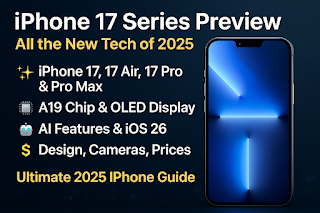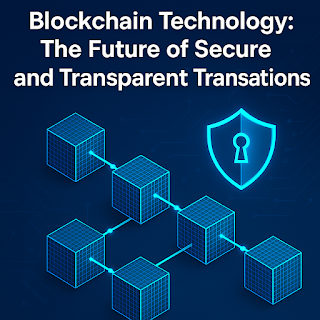📱 AI Smartphones in 2025: The Smartest Phones We've Ever Seen

📱 AI Smartphones in 2025: The Smartest Phones We've Ever Seen The year 2025 has completely changed how we use our phones. Thanks to artificial intelligence (AI), smartphones from big brands like Samsung, Google, and Apple have become smarter, faster, and more helpful than ever before. These aren’t just normal upgrades—they’re a huge step forward. Let’s take a look at what makes AI smartphones special, how they’re helping us in daily life, and what we can expect in the future. --- 🤖 What Are AI Smartphones? In the past, phones needed to connect to the internet to use AI features. Now, they have AI chips built right into them. These chips, called NPUs (Neural Processing Units), allow the phone to think and act faster—all on its own. That means better speed, more privacy, and super smart features right in your pocket. --- 🌟 Top Features of AI Phones in 2025 1. 🗣️ Call Summarization Missed a call? No problem. Your phone can now summarize entire conversations for you. It picks out k...





